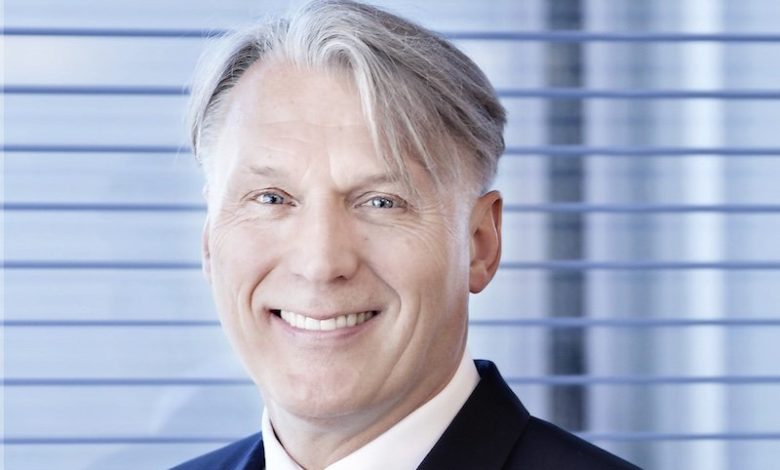Höegh LNG: Flexible FSRUs

Sveinung Støhle, president and CEO of Höegh LNG, is in a happy place. As the year comes to a close the tightness in the LNG market, which he had been predicting, has seen rates soar into unchartered territory. The Höegh LNG fleet is well placed to prosper from this sudden uptick.
While the Höegh LNG core business is and will continue to be FSRUs, these ships are also well suited to serve as LNG carriers as well. One of the company’s vessels is currently trading as an LNG carrier on a short contract, underscoring the flexibility of Höegh LNG’s assets.
“While FSRU projects take time to develop and may be delayed, we can employ our vessels as LNG carriers in between when this adds up,” Støhle points out, adding that FSRUs are also flexible in that they can serve as hubs for distribution of LNG either by breakbulking cargoes for small-scale distribution by smaller carriers, by reloading LNG for use as marine fuel, or for onwards distribution onshore.
Støhle admits that among the global fleet of FSRUs there are a few available units at the moment, however, he claims that there are many different levels of quality within the sector and his modern fleet should ensure Höegh LNG is capable of competing for the best projects.
“Looking at the steep growth in global LNG we’re optimistic that the market will tighten considerably in the next two to three years,” the Norwegian national says, adding: “Going forward I think it’s worth noting that there is a strong drive to replace coal with LNG and that the growth of intermittent renewables comes with a need for flexible back-up capacities. In addition comes the obvious point that certain parts of the world, not least Asian economies, are growing fast and need more and cleaner energy.”
Further into the future, Støhle admits some concern.
“The question is,” he ponders, “what happens if the fleet keeps growing while the increase in liquefaction capacities flattens around 2022?”
In terms of business diversification, Höegh LNG has recently invested in the small-scale market through a new company called Avenir LNG that it has launched together with Stolt-Nielsen and Golar LNG.
With more than 100m tonnes per annum of LNG hitting the market over the next few years and new projects seeking to add to these volumes, resource holders are increasingly interested in supplementing their efforts in large markets with entry into smaller markets, Støhle explains.
“There are actually many more small markets for LNG than there are large ones, and the aggregate potential for small-scale supply is substantial, which is why we are very optimistic that Avenir LNG will be a great success,” Støhle concludes.
This article first appeared in the just published latest issue of Maritime CEO magazine. Splash readers can access the full magazine for free by clicking here.
